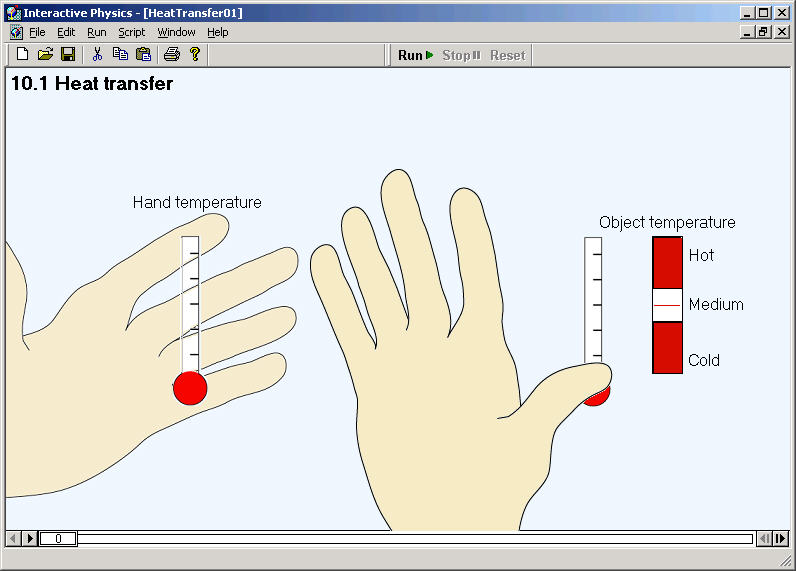
Interactive Heat Transfer Iht Software
Purpose To assist engineering students in understanding the fundamentals of heat and mass transfer while exposing them to modern computational, visualization and design techniques. Highlights • Full-color visualization of fundamental concepts • Simple, straight-forward user-input • Graphical output emphasizing student insight • Thorough documentation • Easy insertion into existing engineering curriculum Computer System Requirements • Microsoft Windows • Intel-based PC • Screen resolution of at least 800x600 • Mouse • (But see below!) Introduction In the past most instructional-software packages for heat & mass transfer were based on the 'computerization' of existing analytical solutions and experimental correlations. Often the result was a facility for doing more conventional calculations, only faster; and usually the computed result was just a single 'answer' -- such as an overall convective heat-transfer coefficient or fin efficiency. By contrast, our software uses modern numerical algorithms to solve the fundamental governing ordinary or partial-differential equations in real time. By combining this more fundamental approach with enhanced color-visualization techniques, our new software modules allow a student to 'see' -- and thus perhaps to understand -- the physics underlying a particular process. To date, we have developed software modules for eleven (11) fundamental topics in heat transfer. About a twenty (20) 'mini-modules,' which use a combination of an for input and graphical display of output and Visual Basic for Applications (VBA) macros for the serious calculations, have also been developed and may be downloaded here.
Software Availability All software and a manual (Heat Transfer Tools) consisting of about 100 pages of documentation were originally published by McGraw-Hill in July 2001. Esab pcm 875 manual. Sonic charge microtonic 3 rapidsharedownload free software programs online. In addition to the software, the CD-Rom includes about 60 additional pages in 'pdf' files detailing the numerical modeling used 'behind the scenes,' making these materials very appropriate for use at the graduate level as well as by undergraduates.
A few copies of the book and CD may still be available through. A complete heat transfer textbook ( Heat Transfer Today) with totally updated and integrated software is in preparation now and may be published by Pearson in 2016. For now several sample modules and many of the Excel/VBA workbooks may be downloaded below. While originally developed strictly for use in a Windows environment, all modules have been installed in the University’s “cloud” system and work equally well in Macintosh and Unix environments as well as on mobile ( Ipad and Android-based) devices. General Background The algorithms and interfaces for each module are uniquely tailored for the particular application - thus avoiding the frequently-steep learning curves associated with much more powerful, commercially available and often costly CFD packages. In most cases specific techniques were derived from the authors' research, as well as from experience in graduate and undergraduate teaching.

All modules were used extensively for the first time by some sixty university students taking undergraduate during the Spring 1996 semester and then fifteen more times in the Spring 1997-2012 semesters. All modules have been enhanced continuously and extensively as a result of these experiences. Many of the original Fortran programs were developed and used as lecture demonstrations in distance education courses in and taught through the 1 Early Years in the Broadcast Studio Then as facilities became available, they were used in a similar mode for a number of years in a projector-equipped, local classroom. The development of the graphical-user-interfaces during the 1995-96 academic year made them appropriate for student use as well, both on their own, or as we use them, in a scheduled session. Students attend two 50-minute-long, traditional classes a week, but also have a two-hour working session in one of our.